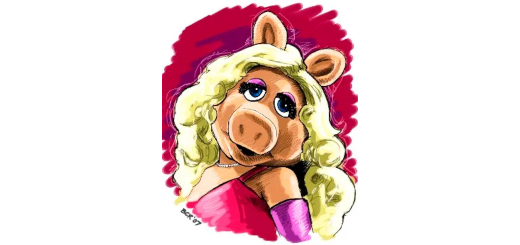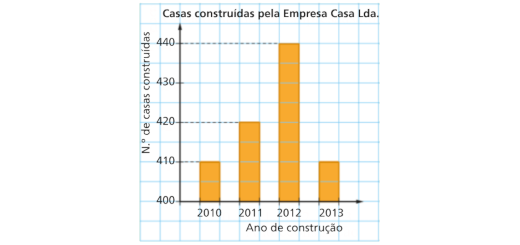Prove que
Probabilidades e combinatória: Infinito 12 A - Parte 1 Pág. 170 Ex. 26
Seja S o conjunto de resultados associado a uma experiência aleatória e A e B ($B\ne \left\{ {} \right\}$) dois acontecimentos (A e B são, pois, subconjuntos de S).
Prove que:
- $P(A\cap \overline{B})=P(A)-P(A\cap B)$
- Se $P(A)>P(B)$, então $P(A|B)\ge P(B|A)$
- $P(A|B)+P(\overline{A}|B)=1$
- $P(A\cap \overline{B})=P(A)-P(A\cap B)$, com $B\ne \left\{ {} \right\}$.
Ora, temos:
\[\begin{array}{*{35}{l}}
P(A\cap \overline{B}) & = & P((A\cap \overline{B})\cup (B\cap \overline{B})) \\
{} & = & P((A\cup B)\cap \overline{B}) \\
{} & = & 1-P((\overline{A\cup B)\cap \overline{B}}) \\
{} & = & 1-P((\overline{A\cup B})\cup B) \\
{} & = & 1-P(\overline{A\cup B})-P(B)+P((\overline{A\cup B})\cap B) \\
{} & = & 1-(1-P(A\cup B))-P(B)+P(\overline{A}\cap \overline{B}\cap B) \\
{} & = & 1-1+P(A)+P(B)-P(A\cap B)-P(B)+0 \\
{} & = & P(A)-P(A\cap B) \\
\end{array}\]
Ou, ainda (construa um diagrama):
\[\begin{array}{*{35}{l}}
P(A\cap \overline{B}) & = & P(A\cup B)-P(B) \\
{} & = & P(A)+P(B)-P(A\cap B)-P(B) \\
{} & = & P(A)-P(A\cap B) \\
\end{array}\]
- Se $P(A)>P(B)$, então $P(A|B)\ge P(B|A)$, com $B\ne \left\{ {} \right\}$.
Ora, temos:
\[\begin{array}{*{35}{l}}
P(A)>P(B) & \Rightarrow & P(A)\times \frac{P(A\cap B)}{P(B)}>P(B)\times \frac{P(A\cap B)}{P(B)} \\
{} & \Rightarrow & P(A)\times P(A|B)>P(A\cap B) \\
{} & \Rightarrow & P(A|B)>\frac{P(A\cap B)}{P(A)} \\
{} & \Rightarrow & P(A|B)>P(B|A) \\
{} & \Rightarrow & P(A|B)\ge P(B|A) \\
\end{array}\]
- $P(A|B)+P(\overline{A}|B)=1$, com $B\ne \left\{ {} \right\}$.
Ora, temos:
\[\begin{array}{*{35}{l}}
P(A|B)+P(\overline{A}|B) & = & \frac{P(A\cap B)}{P(B)}+\frac{P(\overline{A}\cap B)}{P(B)} \\
{} & = & \frac{P(A\cap B)+P(\overline{A}\cap B)}{P(B)} \\
{} & = & \frac{P((A\cap B)\cup (\overline{A}\cap B))}{P(B)} \\
{} & = & \frac{P((A\cup \overline{A})\cap B)}{P(B)} \\
{} & = & \frac{P(S\cap B)}{P(B)} \\
{} & = & \frac{P(B)}{P(B)} \\
{} & = & 1 \\
\end{array}\]


















